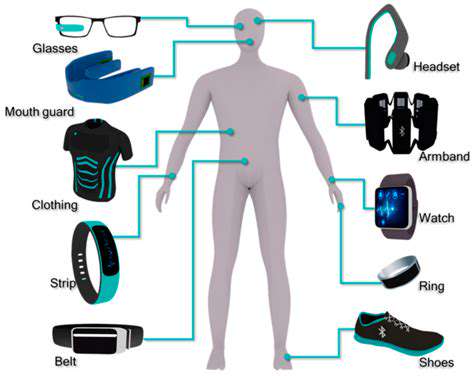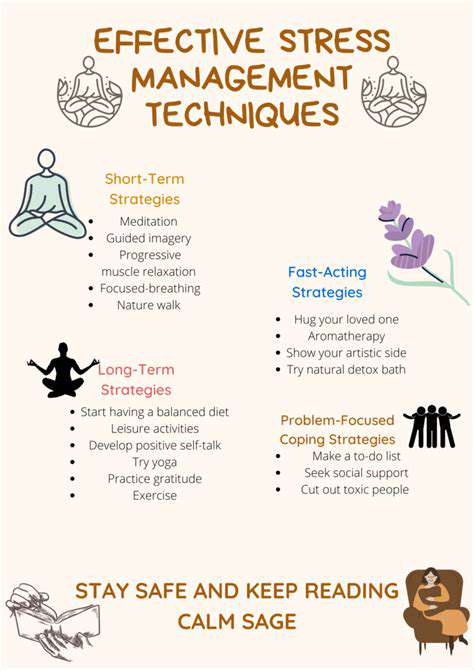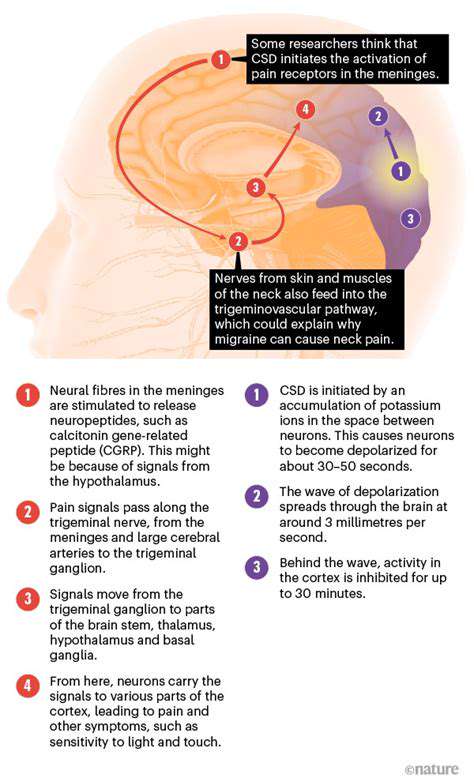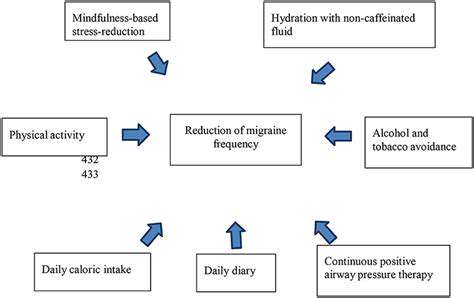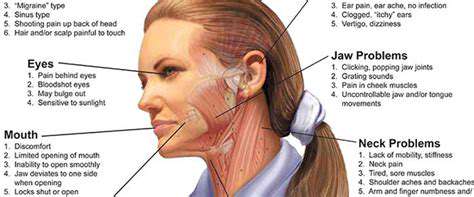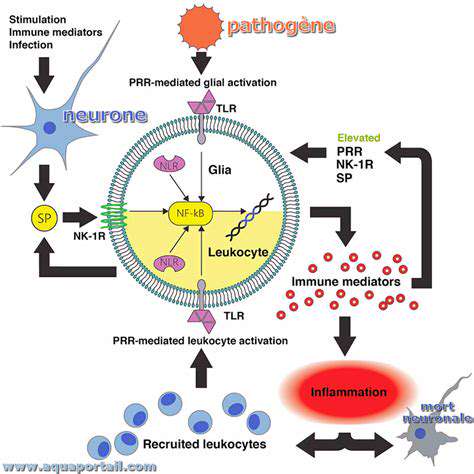HTML
CSS
Styling
Kiểm tra nhạy cảm với thực phẩm đối với chứng đau nửa đầu: Có đáng không?
Một cái nhìn phê phán>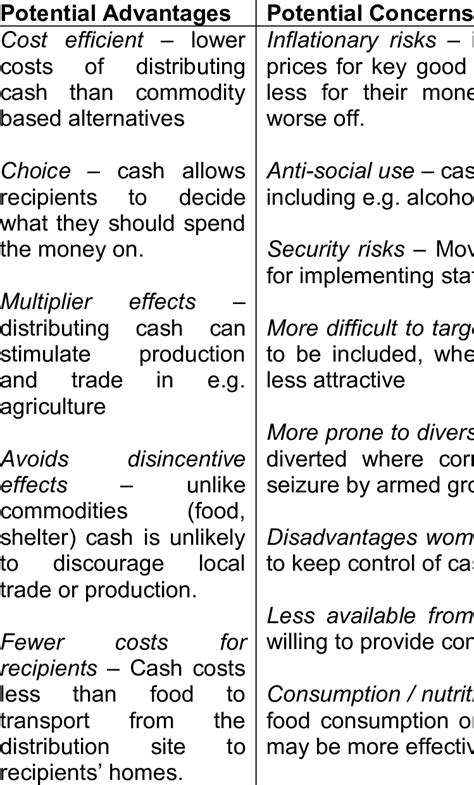
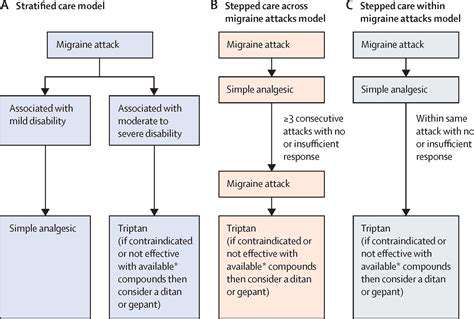

Vượt Qua Kiểm Tra: Một Phương Pháp Toàn Diện Quản Lý Đau Đầu Cơn

Hiểu Biết Cơ Bản về Đánh Giá Toàn Diện
Một phương pháp đánh giá toàn diện nhằm
Read more about Kiểm tra nhạy cảm với thực phẩm đối với chứng đau nửa đầu: Có đáng không?
Chế độ ăn loại trừ để xác định nguyên nhân gây đau nửa đầu từ thực phẩm
May 09, 2025
Sử dụng công nghệ đeo được để theo dõi mô hình đau nửa đầu
May 10, 2025
Dị ứng theo mùa và đau đầu: Có mối liên hệ không?
May 15, 2025
Thay đổi tư duy để sống tích cực với chứng đau nửa đầu
May 30, 2025
Mối liên hệ giữa thay đổi thời tiết và đau đầu
Jun 05, 2025
Các giai đoạn của cơn đau nửa đầu: Điều gì cần mong đợi
Jun 05, 2025
Trẻ em có thể vượt qua chứng đau đầu dữ dội không?
Jun 08, 2025
Chế độ ăn chống viêm: Có thể giúp giảm đau nửa đầu không?
Jun 11, 2025
Mối liên hệ giữa rối loạn khớp thái dương hàm và đau đầu
Jul 02, 2025
Khám phá vai trò của các chất dẫn truyền thần kinh trong chứng đau đầu
Jul 02, 2025
